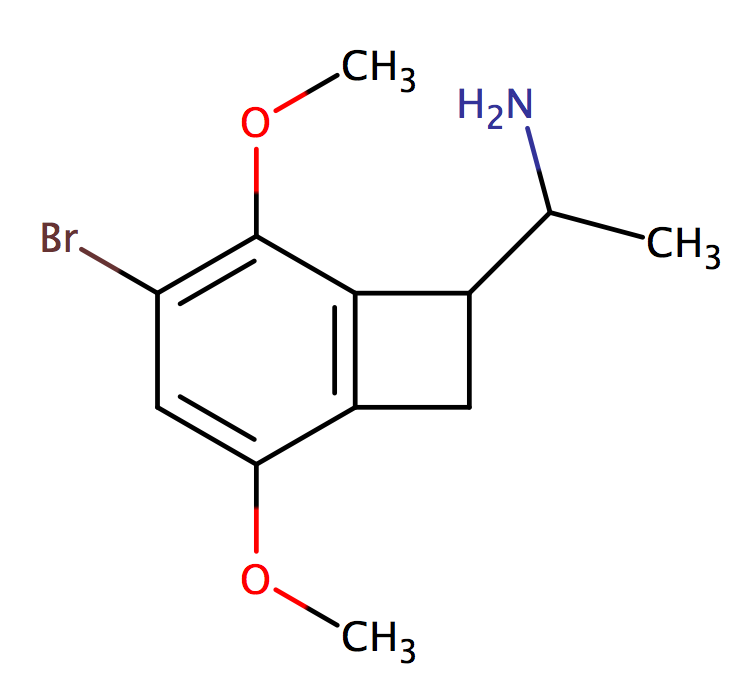What are forum members thoughts on
this 2014 publishing (pdf file) claiming cocaine & methylphenidate differ from other MAT inhibitors by being "inverse agonists" at the transporter and facilitating release of monoamines thereby?
Essentially, there is an inward and outward facing conformation of DAT, cocaine/MPH binds to the outward facing conformation stabilizing it, and thus causing reverse transport via the inward/outward concentration gradient. The binding site is distinct from that of other reuptake inhibitors, being at TMs 9-11 on DAT whereas other bind to TMs 10-12 (with overlapping loci at 1 & 7).





